|
|
|||
|
|
|||
|
Privacy Policy | Editorial Policy | Profit Policy | Join the Association | List of Members | Contact us | Index | Links |
|||
|
Back Go to page: 1 2 3 4 5 6 7 8 9 10 11 12 13 14 15 16 17 18 19 20 Forward |
|||
|
|
|||
|
HARS..
On the 16th March, after over 25 years in service, carrying almost 4.1 million passengers on 13,833 flights over a distance of 85 million kilometres, equivalent to 110 return trips to the moon, Qantas' first-ever Boeing 747-400 made one last flight to its new home at Australia's Historical Aviation Restoration Society (HARS) museum at Albion Park, 20 Klms south of the NSW south coast city of Wollongong. This aircraft joined the Qantas fleet in 1989 with the registration number VH-OJA and was just the twelfth 747-400 to be built out of a total of 694.
The first 747, a 747-238B, arrived at Qantas in July 1971 followed by 3 more later that year. In all, a total of 23 747-238B aircraft, two of which were Combis, were ordered and operated, the last of which was retired in 2013, being sold to Al Sayegh Airline in the UAE.
Qantas started to replace its aging and inefficient 238B models with the 400 series in 1989, with OJA arriving in August of that year. Many more were to follow over the years and today, after most have been sold off, 12 of the model still fly. Over the years Qantas has had 65 jumbo jets of various versions in its fleet.
|
|||
|
|
|||
|
These days it is difficult to find a new home for a retired 747 as compared too modern aircraft, they are far too inefficient so they are usually broken up and sold for scrap. Qantas wanted to keep this particular aircraft for two reasons, firstly it was the first 400 series they obtained and secondly as it was the aircraft that set a record in 1989 for flying non-stop from London to Sydney in 20 hours and nine minutes.
Negotiations took some time before approval was granted to allow the aircraft to land on the 1,819 m × 30 m runway. The 747 usually requires a 45 m (wide) runway in order that its two outboard engines do not overhang the grassed area each side of the strip, but on the day, as the landing was well planned, the aircraft landed safely, watched by thousands, and it pulled up well short of the threshold. From there it was towed to its final resting place at the Albion Park airstrip, next to the museum hanger and is now being readied for its first lot of visitors. Click the pic below to see a video of the aircraft landing.
The airport, which is now owned and operated by the Shellharbour City Council, has a history itself. In 1942, the Australian Government compulsorily acquired land in the area and RAAF Albion Park was commissioned. The Base was used to train pilots for the war and as a base from which aircraft could protect the important strategic steelworks at Port Kembla. After the war, Trans Australian (TAA) and Australian National Airlines (ANA) ran services from Albion Park to Canberra and Melbourne but as roads and cars improved these services were withdrawn in 1950. In 1960 the Government granted Shellharbour Municipal Council with permissive occupancy of the aerodrome and in 1962 the ownership was transferred under the Commonwealth Aerodrome Local Ownership Plan (ALOP).
In 1979, a group of aviation enthusiasts interested in the preservation of Australian aviation history got together and decided to “set up shop” at the airport and as a result the Historical Aircraft Restoration Society Inc (HARS) was established as a not-for-profit organisation. Their charter was to recover, and where possible restore to flying condition, aircraft or types of aircraft that have played a significant part in Australian Aviation History both in the Civil and Military arenas.
In order to achieve their objectives HARS recruited specialist people from within the aviation industry who were interested in the preservation of historical aircraft. They now have, within their membership, over 70 licensed aircraft engineers out of a total of 480 people. Their licenses cover virtually all of the skills recognised within the industry. Costs are met partly from donations from corporate sponsorship and from the general public. In addition, HARS has received a Federal Government Grant of $275,000 to assist in the erection of the Museum and Education Building.
In 1997 the International Guild of Air Pilots and Air Navigators awarded the Grand Master’s Australian Award to HARS in recognition of the outstanding restoration of the Lockheed Super Constellation. This was presented in London in December 1998 to their President, Mr Robert De La Hunty OAM, on behalf of HRH Prince Phillip, Duke of Edinburgh.
The Commonwealth Government withdraw from the local ownership plan in 1990 leaving the Council with full responsibility for the care and control of the airport. The Council’s annual maintenance and operational costs effectively doubled as they no longer received a financial subsidy. A management study, completed by aviation consultants in 1990 provided a framework for future management and development for the airport. A master plan was prepared and still forms the basis for current development proposals. A number of studies and business surveys have been carried out to support development works and other initiatives aimed at establishing a commercially viable business, which provides a range of services to the public.
To date HARS has restored, or has acquired, the following aircraft:
|
|||
|
Boeing 747-438 (VH-OJA) Lockheed L-1049 Super Constellation Dassault Mirage IIIO (A3-42) Lockheed P-2 Neptune (273 & 566) Douglas C47 Dakota (A65-94 & A65-95) De Havilland Vampire (A79-637 & A79-665)
|
Cessna 310 (VH-REK) De Havilland Canada DHC-4 Caribou (A4-210 and A4-234) Messerschmitt Bf 108 (NORD 1002)
|
||
|
The Connie and one of the Neptunes, both of these aircraft which are air-worthy and regularly fly and attend air-shows, are housed in hangar 1. (Click the pics for a bigger view)
|
|||
|
|
|||
|
One of the two fully serviceable Caribous which also attend air-shows around the country. Unfortunately flying these aircraft while on the civvy register does not allow them to perform as they can - they are not able to operate to their spectacular capability when on show, flying a circuit like a Douglas C-124 Globemaster II on one engine is not an impressive sight. Perhaps they would be better suited to a static display.
|
|||
|
The Mirage sits quietly under Connie’s mother wing. |
|||
|
|
|||
|
As early as 1949 the RAAF began planning a replacement fighter for
the locally-built Mustang and Vampire. Successive aircraft under
consideration included the Grumman Panther; the proposed ambitious
CAC designed large, twin-engine, all-weather CA-23 fighter (below)
and the Hawker P-1081. In the event, Gloster Meteors were obtained
in 1951 for service with
The prototype CAC CA-26 Sabre Mk 30 (A94-101) first flew on 3 August 1953, with an imported Avon engine and was piloted by Flight Lieutenant Bill Scott. During a test flight of this aircraft at Avalon Airfield on 21 August 1953, Scott took the aircraft to a height of 42,000 feet put it into a dive and at 36,000 feet exceeded the sound barrier (at an approximate speed of 565 knots thus becoming the first aircraft in Australia to exceed the speed of sound.)
|
|||
|
Sabre, A94-901, on display with the ex-Qantas Boeing 747.
|
|||
|
A94-101 went to Aircraft Research and Development Unit (ARDU) in 1955 and in later years resided at Wagga as an instructional airframe. In 1960 it was used for ejection seat trials following three fatal Sabre accidents. By June 1977, it had been transferred to Point Cook on account of its historical significance, and is now on display at the RAAF Museum.
The first production CA-27 Sabre, A94-901, flew on 13 July 1954 and was followed by a further 21 Mk 30s, all with imported Avons and leading-edge slats. From 1955, the next 20 Sabre Mk 31s, were powered with the CAC Avon Mk 20, had an extended leading-edge, additional fuel cells, and fitments for drop-tanks, bombs, and rockets. The earlier Mk 30s were then modified to Mk 31 standard. The final version of the CAC Sabre was the Mk 32 of which 69 were built. These carried additional drop-tanks and rockets and, from 1960, Sidewinder air-to-air missiles. All earlier Sabres were similarly modified and retrospectively fitted with the CAC Avon Mk 26 engine. The last CAC Sabre, A94-371, completed acceptance trials on 19 December 1961.
A94-901 went to ARDU in August 1954 and at some stage was modified from a Mk 30 to a Mk 31. From 1961 to 1965 it served as part of the Black Panthers Aerobatic Team (76 Sqn) and was due to be converted to components at the end of 1966, however it survived and was displayed at the Warbirds Aviation Museum at Temora in NSW. It then made its way to the CAC factory at Fishermans Bend, were it stood as a ‘gate guardian’ until the late 1990’s when a team from Hawker de Havilland dismantled it and transported it to the HdH facility at Bankstown. Restoration was completed and A94-901 and it is now on permanent display at Albion Park.
Human beings, who are almost unique in having the ability to learn from the experience of others, are also remarkable for their apparent disinclination to do so.
Wings over Illawarra.
If
you’re into aeroplanes, the Museum is a must see. It is operated a
little
If you’re in the area early in May, the Museum will host the Wings over Illawarra “Airshow”. This year it will be a 2 day event, held over the weekend 2nd and 3rd May.
It will be a great weekend for the entire family with a wide range of activities and displays, including an Air Show of aerobatic, historic, modern and military aircraft along with defence force exhibits, static aircraft displays, classic cars and bikes, amusement rides and merchandise and food stalls.
|
|||
|
|
|||
|
|
|||
|
Gates are open from 9:00 am to 5:00 pm Saturday and Sunday with the air displays on from 11:30 am to 4:30 pm Saturday and from 10:30 am to 3:30 pm on the Sunday.
You can see further info on the event HERE.
|
|||
|
There are two ways to argue with a woman. Neither works. |
|||
|
|
|||
|
|
|||
|
Back Go to page: 1 2 3 4 5 6 7 8 9 10 11 12 13 14 15 16 17 18 19 20 Forward |
|||
|
|
|||

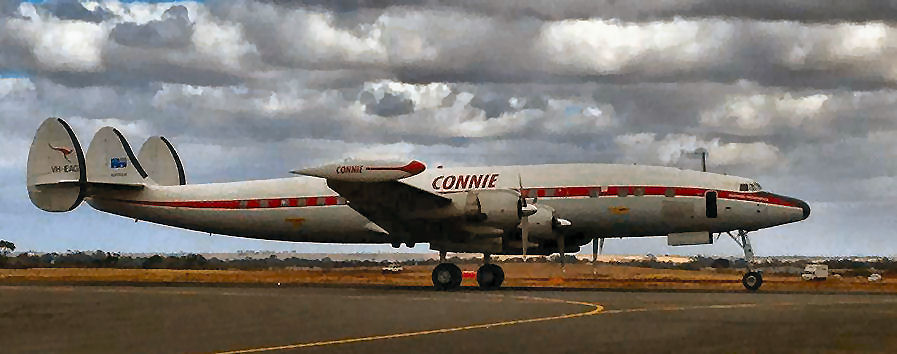

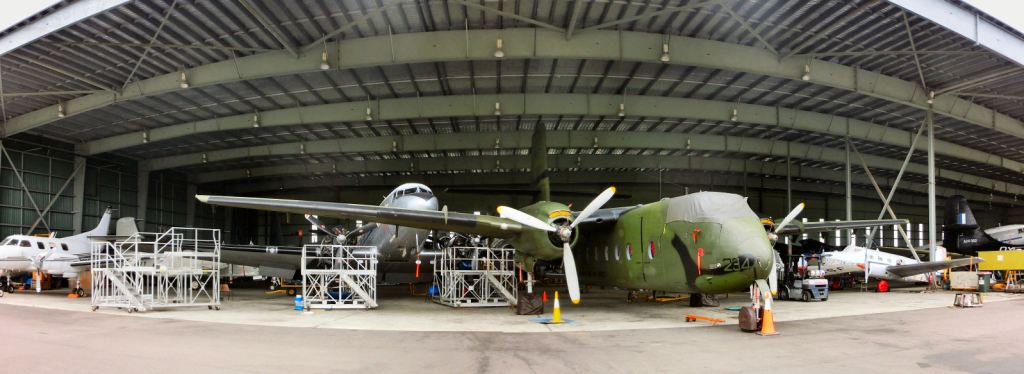
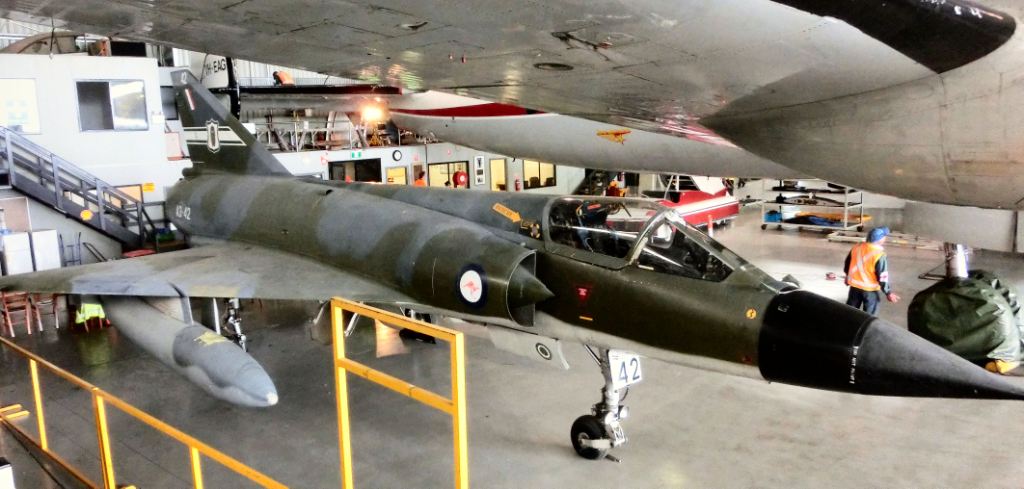
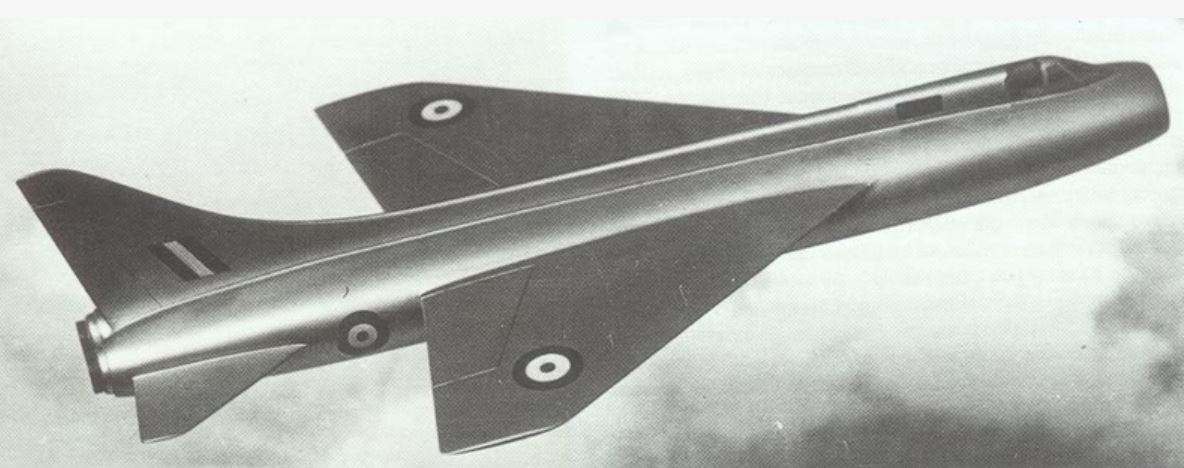 77
Squadron in the Korean War. In the same year, plans were finalised
for the Commonwealth Aircraft Corporation (CAC) to build a
locally-redesigned version of the North American F-86F Sabre
swept-wing fighter. The CAC Avon Sabre was based on the design of
the North American F86 Sabre, but was modified, due in part to the
technical investigations initiated by CAC Manager, L J Wackett, to
meet local conditions and requirements. CAC won the contract to
produce one prototype (A94-101) and 70 production aircraft in
February 1951. The resultant aircraft, sometimes called the Avon-Sabre,
became the best of the numerous Sabre variants built throughout the
world.
77
Squadron in the Korean War. In the same year, plans were finalised
for the Commonwealth Aircraft Corporation (CAC) to build a
locally-redesigned version of the North American F-86F Sabre
swept-wing fighter. The CAC Avon Sabre was based on the design of
the North American F86 Sabre, but was modified, due in part to the
technical investigations initiated by CAC Manager, L J Wackett, to
meet local conditions and requirements. CAC won the contract to
produce one prototype (A94-101) and 70 production aircraft in
February 1951. The resultant aircraft, sometimes called the Avon-Sabre,
became the best of the numerous Sabre variants built throughout the
world.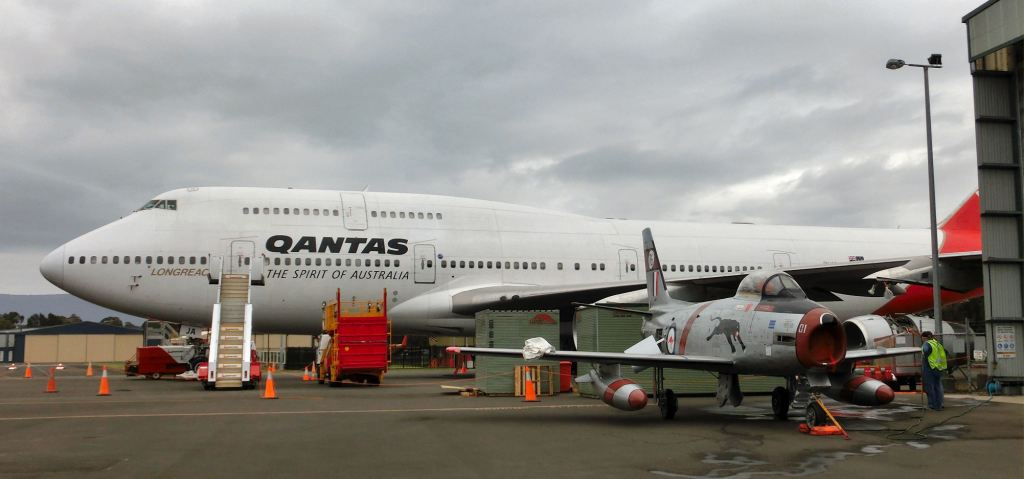
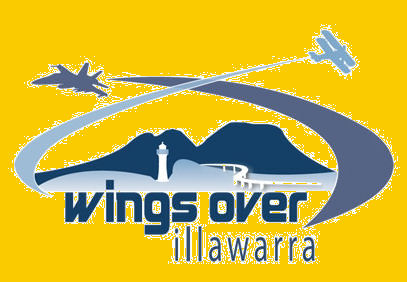 differently to other museums in that you are escorted throughout the
hangers by one of the many volunteers who introduce you to each
aircraft and explain its role and its significance.
differently to other museums in that you are escorted throughout the
hangers by one of the many volunteers who introduce you to each
aircraft and explain its role and its significance.